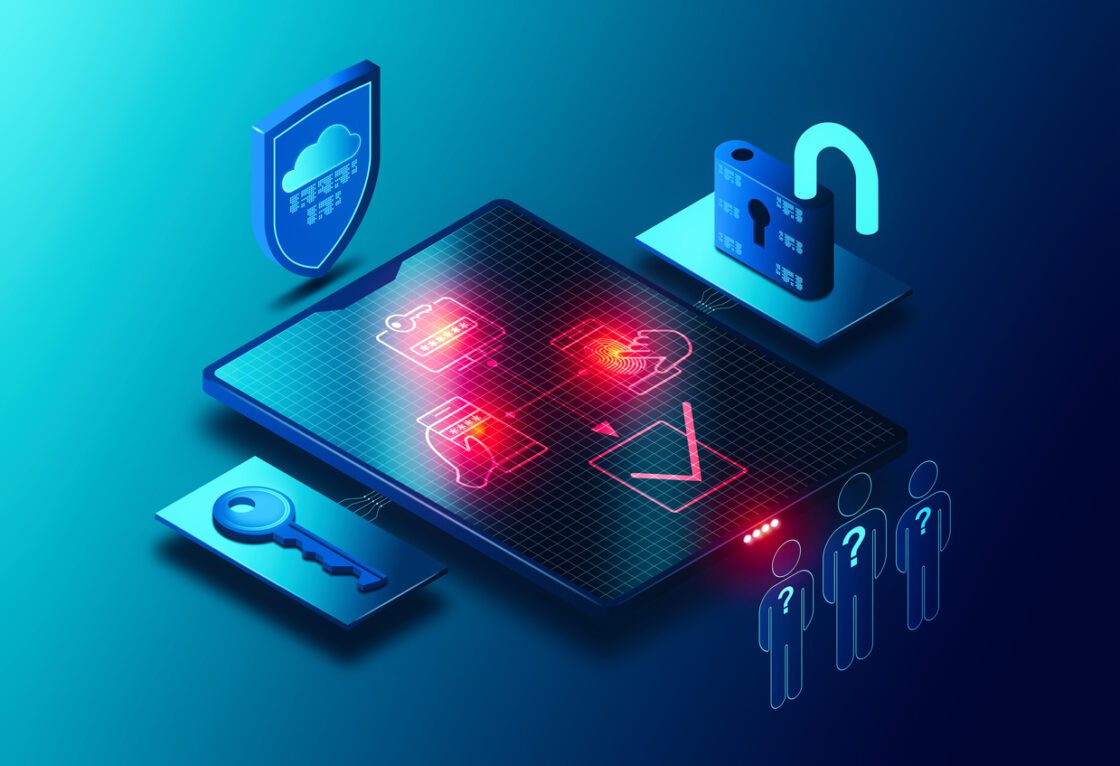The digital transformation of the financial industry has forced banks to focus on cybersecurity, in order to minimize attacks on their own infrastructure, and to protect customers from digital fraud.
Scammers are constantly looking for different ways to take advantage of users’ lack of knowledge and overconfidence to commit cyberattacks. As a result, each year the number of fraudulent operations has been increasing at the same rate sector investment is growing, as well as the number of studies and recommendations from experts to curb this global problem.
Banking is the sector most affected by digital fraud
The pandemic drove large-scale digitization and brought in users with no prior experience using financial applications and online banking. This scenario led to an increase in risk situations, as INTERPOL noted in a report on cyber attacks during the COVID-19 epidemic: “Many companies and individuals are not ensuring that their cyber defenses are up to date,” states Jürgen Stock, Secretary General of INTERPOL.
This international organization also anticipates a change in the trend of this phenomenon with serious implications for world order: “Cybercrime is showing a substantial change in the targets of attacks, which used to be individuals and small companies, and now tend to be large multinationals, state administrations and critical infrastructure”.
The most common digital scams according to Appgate’s Fraud Beat 2022 report are associated with phishing, stolen credentials and ransomware. One of the sectors most affected by this type of fraud is the financial industry.
Against this worrying backdrop, the sector’s urgency to prevent and manage digital risks is clear. “Banks must establish strategies to protect against digital fraud, eliminate threats and improve communication with customers, both those seasoned and inexperienced, who have joined the digital transformation,” explains MªJosé Echevarría, Sales Regional Manager for Central America at Latinia. “Banks have at their fingertips powerful technological tools such as Latinia’s Subscription Rules Engine and Gateway that help banks minimize the risk of cybercriminal attacks, helping to protect their customers,” he says.
10 key points for digital fraud prevention in banking
What other aspects do banks need to consider when addressing the complex challenge of banking cybersecurity? Expert firms in digital risk management provide advice and recommendations to banks. Lexis Nexis highlights in their report 10 trends that will shape the fraud landscape in 2022 key points for banks to consider in terms of digital fraud prevention:
- Digital transformation will keep growing, therefore, banks should be concerned about training their clients on how to manage their digital information in order to avoid cyberattacks.
- Automation is an ally when it comes to user experience, but it is also a double-edged sword as it facilitates cyberattacks.
- Adoption of new digital payments and methods offer quick access and easy account creation, but increases fraud involving stolen credentials and credit card payments.
- Rising risk of payment fraud. The increase in transactions in turn has increased the amount of digital fraud, as data security awareness is not growing at the same rate as digital activities.
- The growing prevalence of scams, an emerging global challenge due to the difficulty in detecting them.
- The constant challenge between opportunity and risk is increasingly difficult to balance in the face of numerous customer interaction channels.
- Synthetic identity fraud is one of the most difficult types of identity theft to detect, because there is no real person to report the fraud.
- Since the pandemic, there has been an increase in the number of consumers in digital channels, causing an increase in the volume of attacks, as well as an increase in costs.
- Growing need for multi-layered fraud assessment.
- Heightened need for real-time risk assessment. Growth in online activities calls for a solution to fraud that can verify identity and transactions in real time.
Categories: Security & Compliance


